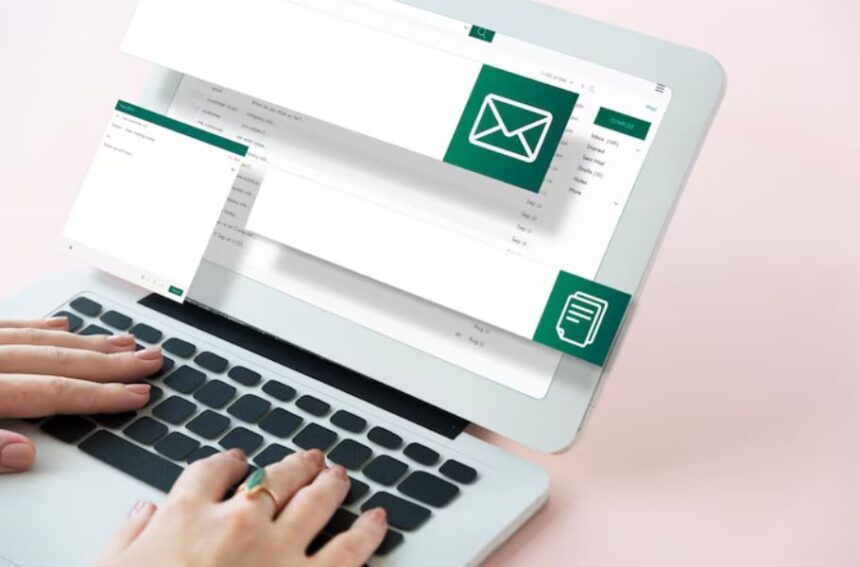Email asking for a meeting modern communication, emails still hold incredible value especially when it comes to setting up a meeting. Whether you’re a student reaching out to a professor, a job seeker requesting time with a hiring manager, or a professional planning a business discussion, one thing is certain: how you ask for the meeting matters.
A well-crafted email asking for a meeting not only gets you on someone’s calendar, but it also sets the tone for your entire relationship going forward. In this guide, we’ll walk you through the process of writing a polite, effective, and natural email to ask for a meeting without sounding robotic or overly formal.
Why It’s Important to Get This Right
Email asking for a meeting is often the first touchpoint between people. If your message is rushed, unclear, or impersonal, it can be ignored or forgotten. But a soft, clear, and thoughtful email asking for a meeting shows that you respect the other person’s time and are genuinely interested in connecting.
First impressions count
People judge emails within seconds. A warm greeting, respectful language, and a clear reason for the meeting make a strong impression.
The right tone builds trust
Sounding too pushy can backfire. A gentle, well-worded request makes it easier for someone to say yes, especially if they’re busy.
Before You Hit Send: Things to Keep in Mind
Before writing your email, take a moment to consider the following:
Be clear about your purpose
Know exactly why you want the meeting. Are you hoping to learn, collaborate, pitch an idea, or simply introduce yourself? This helps you stay focused when writing.
Know your recipient
Tailor your message to the person you’re contacting. A CEO may prefer brief and direct communication, while a creative collaborator may appreciate a more personal touch.
Choose the right time
Avoid sending email asking for a meeting late at night or on weekends, unless you know the recipient works during those hours. Weekday mornings often work best.
How to Write an Email Asking for a Meeting (Step by Step)
Let’s break down what your email should include, from start to finish.
A polite subject line
Your subject line should be clear but not overly formal. For example:
- “Meeting Request: [Your Name]”
- “Quick Chat?”
- “Coffee Meeting?”
Avoid vague or clickbait-style subject lines. Keep it honest and respectful.
A friendly greeting
Use the person’s name. If you’re unsure about titles (like Dr., Mr., Ms.), you can use their full name.
Example:
“Dear Sarah,” or “Hi Dr. Ahmed,”
A clear and soft introduction
Briefly introduce yourself, especially if the recipient may not know you. Let them know why you’re reaching out.
Example:
“I hope you’re doing well. My name is Ayesha, and I recently came across your work on sustainability in the workplace…”
State your reason for the meeting
Don’t beat around the bush. Clearly mention that you’d like to schedule a meeting and explain why.
Example:
“I’d love the chance to speak with you for 15–20 minutes about your recent research and to ask a few questions for my upcoming project.”
Offer flexibility
Instead of asking them to choose a time, offer a few options—or ask when it’s most convenient for them.
Example:
“Would any of the following times work for you this week? Monday after 2pm, or Wednesday morning?”
Close on a warm note
Wrap up with gratitude and a soft tone.
Example:
“Thanks so much for considering. I really appreciate your time and look forward to connecting if possible.”
Include your contact information
Even if you’re replying to a thread, it’s helpful to leave a phone number or secondary email asking for a meeting at the bottom.
Email Template Examples
Formal Template (For Professional Settings)
Subject: Meeting Request: Brief Discussion with You
Dear Mr. Khan,
I hope this message finds you well. I’m writing to kindly request a brief meeting with you to discuss a few insights regarding your recent article on remote team management. I believe your experience could offer valuable guidance for a project I’m currently working on.
Would you be available for a short call sometime this week? I’m happy to work around your schedule.
Looking forward to hearing from you.
Warm regards,
Fahad Ali
[Phone Number]
[Email Address]
Casual Template (For Peer or Internal Chat)
Subject: Quick Coffee Chat?
Hey Sam,
Hope you’re doing well! I was wondering if you’d be open to grabbing a quick coffee later this week? I’d love to bounce a few ideas off you about the upcoming product launch.
Let me know what works for you I’m around Tuesday or Friday afternoon.
Cheers,
Amina
Best Practices for a Successful Meeting Request Email
Keep it brief
Long emails can feel overwhelming. Aim for 100–150 words if possible.
Be specific, not vague
Don’t just say “Can we meet?” say what it’s about.
Use respectful language
“Would you be available” is softer than “I need you to meet me.”
Proofread before sending
Typos and grammar errors can hurt your credibility. A clean, well-written email asking for a meeting shows professionalism.
Follow up gently
If you don’t get a response within a week, it’s okay to send a gentle follow-up.
Common Mistakes to Avoid
- Being too vague or generic
Always include the reason for the meeting.
- Overloading the email with detail
Save the in-depth discussion for the meeting itself.
- Sounding too demanding
Make it a request, not a command.
- Using a cold or robotic tone
Always sound like a person, not a template.
Conclusion
Email asking for a meeting digital first world, a simple meeting request email can open doors to big opportunities. By writing in a polite, personal, and professional tone, you show that you value the other person’s time and that you’re worth meeting. Whether it’s a job opportunity, mentorship chat, or a new business idea, the way you ask matters just as much as what you ask.
So the next time you sit down to write that email, take a breath, be human, and connect with purpose.
FAQ’s About email asking for a meeting
1. How long should an email requesting a meeting be?
Ideally, keep it under 150 words. Stay concise, yet clear about your purpose and availability.
2. What’s a good subject line for a meeting request?
Try something direct but polite, like “Quick Meeting Request” or “Would You Be Open to a Short Chat?”
3. Is it okay to follow up if I don’t get a reply?
Yes. Wait about 5–7 days, then send a friendly reminder. Keep it polite and professional.
4. Should I mention the meeting duration in the email?
Yes, it helps. Mentioning “15–20 minutes” or “a brief meeting” shows you respect their time.
5. Can I ask for a meeting through WhatsApp or social media?
If it’s someone you already know or have interacted with casually, yes. But for professional settings, email is more appropriate



